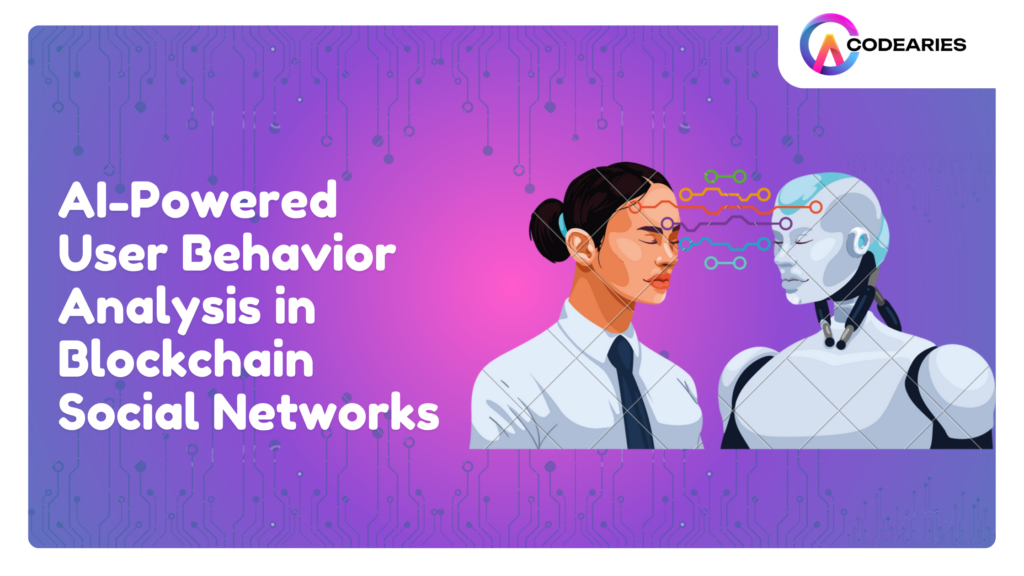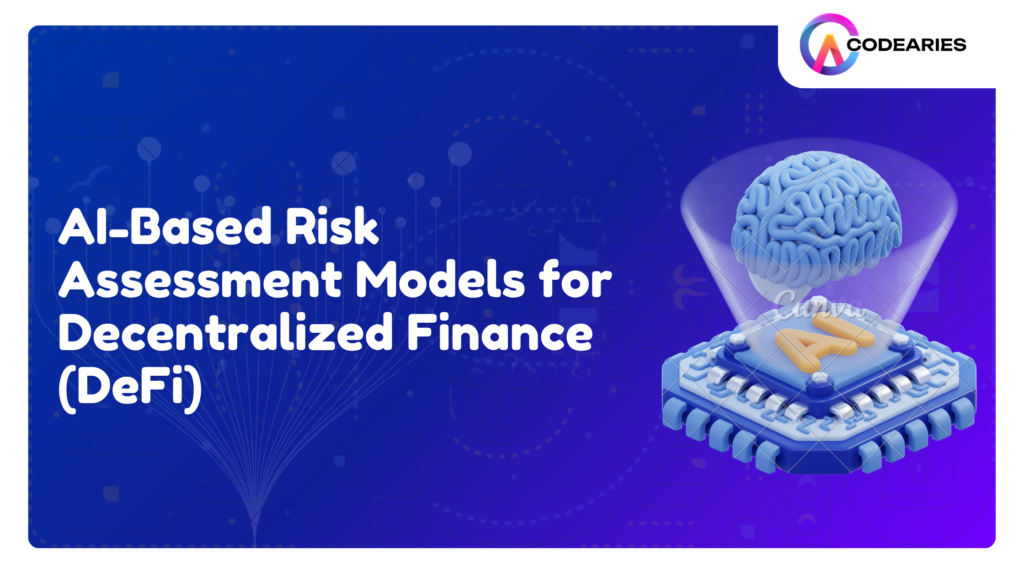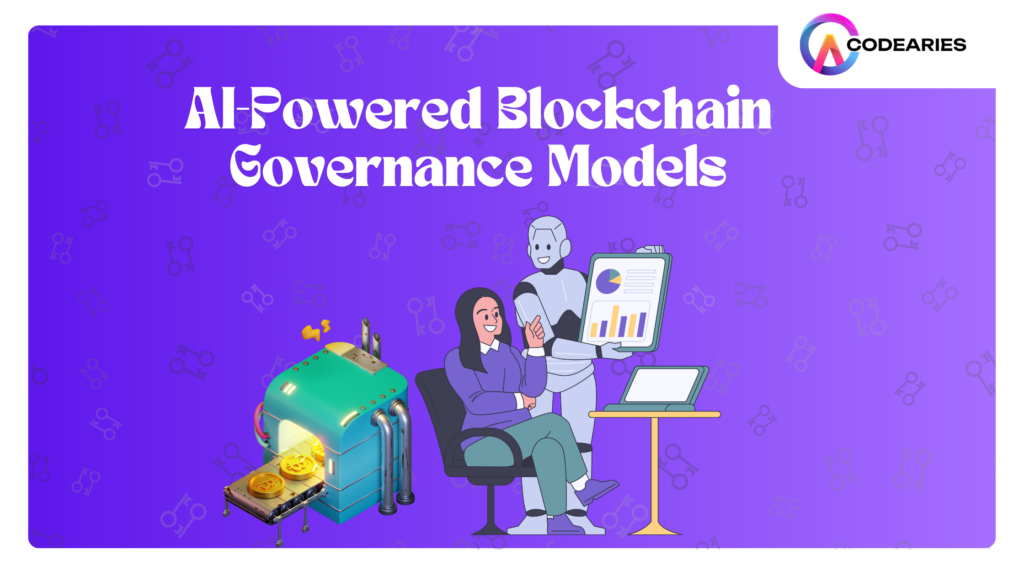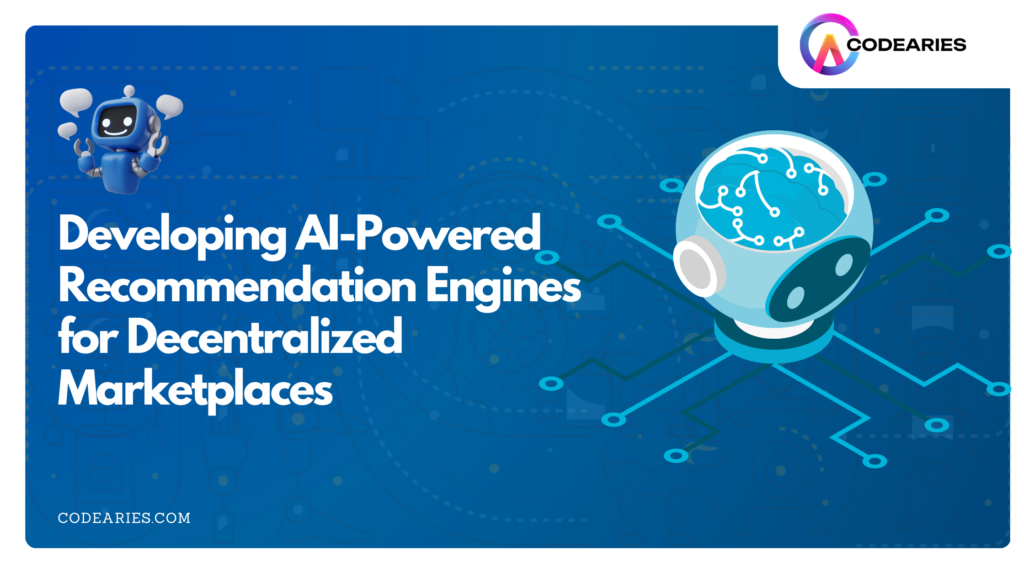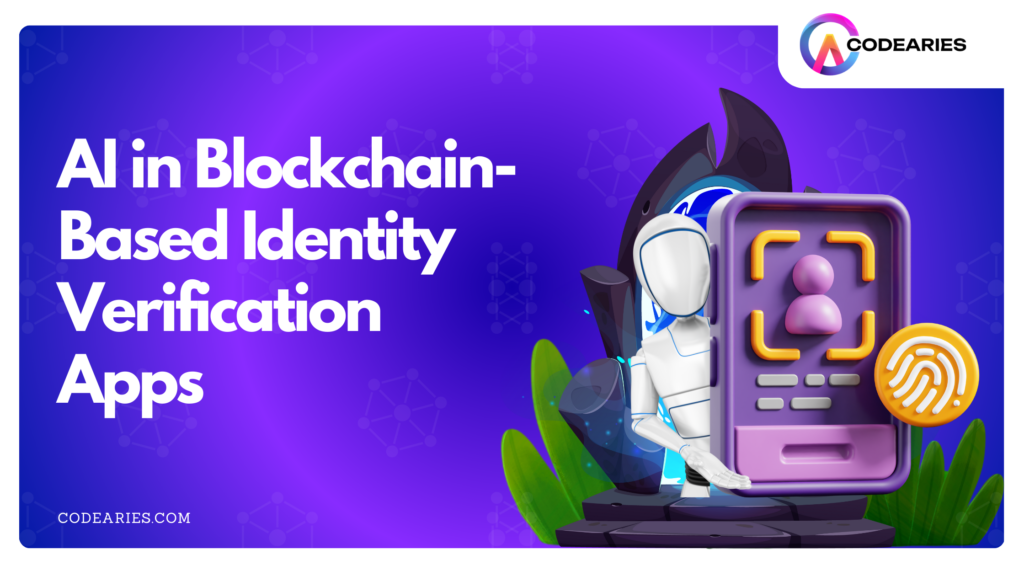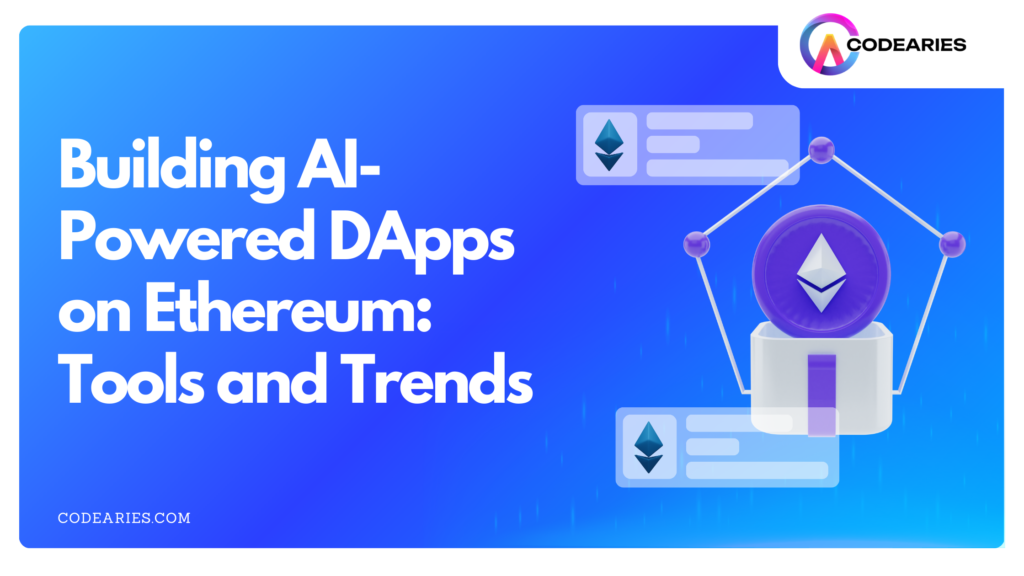AI-Powered User Behavior Analysis in Blockchain Social Networks
Blockchain technology has introduced a fresh perspective on privacy, data security, and the ownership of digital assets. When combined with artificial intelligence (AI), the possibilities for transforming social networks are remarkable. AI-powered behavioral analysis in blockchain-based social networks offers a secure and personalized user experience that balances decentralization with engagement, making these platforms an attractive alternative to traditional, centralized systems. Understanding AI-Powered User Behavior Analysis AI-powered user behavior analysis harnesses the power of artificial intelligence to unlock deep insights into how users interact with digital platforms. By analyzing extensive datasets, AI systems can detect patterns, predict behaviors, and anticipate user needs in ways that surpass traditional analysis methods. Source The global behavior analytics market size was valued at USD 801.8 million in 2023 and is projected to grow from USD 1,096.5 million in 2024 to USD 11,468.3 million by 2032, exhibiting a CAGR of 34.1% during the forecast period (2024-2032). Core Elements of AI-Driven User Behavior Analysis Comprehensive Data Collection: It collects data from diverse sources such as website interactions, mobile app usage, social media engagement, and transaction histories for analysis. Data Refinement: Helps to clean, standardize, and prepare the raw data for processing to eliminate errors and inconsistencies. Feature Engineering: Derive meaningful attributes from the raw data to help AI systems better understand user preferences and actions. AI Algorithm Application: Apply machine learning techniques to detect trends, correlations, and anomalies within the dataset. Model Training and Optimization: Use historical data to train AI models, enabling them to make accurate and actionable predictions. Actionable Insights and Predictions: Trained models provide real-time forecasts of user behaviors, identify key user segments, and reveal actionable insights into user preferences. Advanced AI Techniques in Behavior Analysis Segmentation through Clustering: Users with similar behavioral patterns are grouped to enable personalized strategies. AI-Driven Recommendation Engines: AI systems suggest relevant products, services, or content based on individual user preferences and previous interactions. Predictive Models: Forecast future actions such as purchasing behavior, churn, or conversion likelihood. Natural Language Processing (NLP): AI analyzes user-generated content like social media posts and reviews, extracting sentiment and intent to better understand user motivations. Blockchain Social Networks Blockchain technology, celebrated for its decentralized and secure framework, is steadily reshaping industries across the board, and social networking is no exception. Blockchain-based social networks are emerging as a revolutionary alternative to traditional platforms, offering users greater privacy, autonomy, and innovative ways to monetize their content, all while enhancing transparency. Benefits of Blockchain Social Networks Greater User Autonomy: Users maintain control over their data and digital identities, avoiding the surveillance and manipulation commonly associated with centralized platforms. Democratized Content Reward Systems: Content creators are rewarded based on engagement and quality rather than the whims of ad-based algorithms, promoting a fairer distribution of rewards. Censorship Resistance: Decentralized networks are less vulnerable to shutdowns or censorship, providing a space for freer expression. New Revenue Streams: Tokenization allows users and creators to tap into new financial ecosystems, fostering economic opportunities within the platform. AI-Powered Behavioral Analysis in Blockchain The integration of artificial intelligence (AI) with blockchain is unlocking powerful new applications. One of the most promising areas is AI-powered behavioral analysis within blockchain ecosystems. By combining AI’s data processing capabilities with blockchain’s transparency and security, businesses can gain deeper insights into user behavior, enhance fraud detection, and improve risk management. Key Use Cases of AI in Blockchain Behavioral Analysis Fraud Detection Anomaly Detection: AI can spot irregular patterns in transaction data, such as unusual spikes or spending behaviors, which may signal fraud. Identity Verification: AI can cross-check user identities by analyzing blockchain data points, including transaction histories and digital footprints, ensuring authenticity. Risk Assessment Credit Scoring: AI analyzes blockchain-based financial histories to assess creditworthiness, offering more accurate and transparent credit scores. Market Prediction: By examining trends and sentiment on blockchain platforms, AI can help predict risks and market opportunities. User Segmentation Customer Profiling: AI can categorize users based on their behaviors and preferences, enabling personalized services and targeted marketing. Community Identification: It can also detect distinct communities within blockchain networks, encouraging engagement and collaboration. Predictive Analytics Behavior Forecasting: AI uses past behavior to predict future actions, allowing platforms to proactively address user needs or potential risks. Trend Forecasting: AI can spot emerging trends in blockchain activities, offering valuable insights for investors and businesses. Potential Benefits Stronger Security: AI can detect and prevent fraud more effectively, safeguarding the blockchain ecosystem. Personalized Experiences: Understanding user behavior allows blockchain platforms to offer more relevant and tailored services. Innovative Business Models: AI-driven insights from blockchain data can inspire new products and services. Increased Trust: The transparency and reliability of AI-powered behavioral analysis can help build trust in blockchain technologies. As both AI and blockchain continue to evolve, the potential for their combined use in behavioral analysis will only grow, opening up more possibilities for innovation and security. Centralized vs. Decentralized Platforms: The AI Advantage The debate between centralized and decentralized platforms has gained momentum with the growth of blockchain technology. Each model offers distinct advantages, but the integration of artificial intelligence (AI) into both types can amplify their strengths, unlocking new possibilities for innovation, security, and efficiency. Centralized Platforms Central Control: Managed by a single authority or organization. Key Advantages: Operational Efficiency: Centralized systems are often more streamlined, allowing for faster decision-making and data processing. Scalability: With unified infrastructure, centralized platforms can scale quickly and handle large volumes of users and transactions. Consistent Governance: Centralized control ensures uniform policies and compliance across the platform. AI Integration Benefits: Personalized Interactions: AI can analyze user behavior to provide tailored content, enhancing user engagement and satisfaction. Advanced Predictive Analytics: AI can anticipate user behavior, helping businesses stay ahead of trends and market shifts. Automation of Tasks: Routine operations can be automated by AI, reducing overhead and boosting operational efficiency. Decentralized Platforms (Blockchain-Based) Distributed Architecture: Operates without a single controlling entity, relying on a network of participants. Key Advantages: Enhanced Security: Decentralized platforms reduce vulnerabilities by distributing data across multiple nodes, making breaches and censorship difficult.

